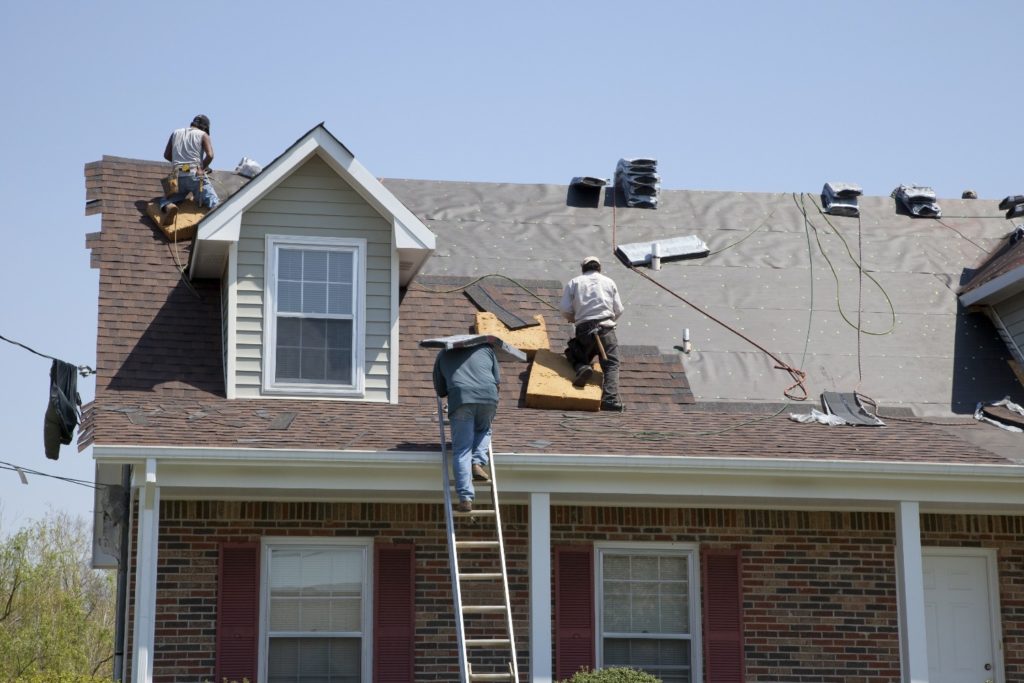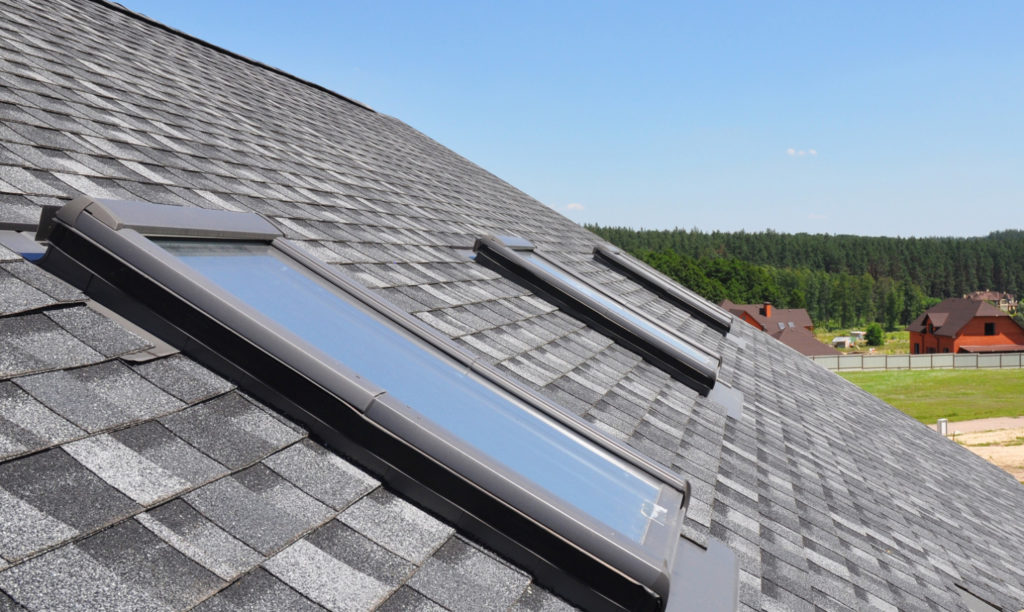5 Things to Know Before You Replace Your Roof
Replacing your roof is a major undertaking. It is time consuming and you can struggle with decisions from shingle style to how the color will impact your curb appeal. A roof is more than just your home’s proverbial hat, it is also what helps protect your home from the elements. Here at Pinnacle Roofing we want to make sure you understand all the various components of this task before you make any decisions about potential roof replacement.
There are times when you can do roof repair or partially reroof your home. But if your roof is older, has missing or damaged shingles in multiple areas, or has recurring problems like shingles frequently coming off, it may be time to think about replacing your roof. Pinnacle Roofing can do a full inspection so you know for sure whether you just need repairs, or a full roof replacement. We have come up with the list below of 5 things all homeowners should know before you replace your roof. Read on to get all of the facts!
The Basic Process of Roofing
When used in roofing, the word square means 100 square feet. One reason why roofers speak in terms of squares is because they deal with such vast quantities of materials and it is pointless to discuss smaller units. Shingles come in bundles, and three or four bundles of shingles typically comprise a square. A moderately-sized roofing job might take only 3 or 4 days. Typically, the roofing job will go like this:
We will remove all existing shingles, deposit them in a roll-off, and remove.
Then make minor repairs on the roof, if it is in good condition. If it is not, we will replace the bad wood with plywood or 1″x6″ boards, whichever is applicable to your roof. We will also install ice dam protection— a barrier of synthetic materials that prevents backed up ice in the gutters from permeating under the shingles and causing damage to the inside of your house. We then lay down the asphalt paper and apply the shingles— starting at the eaves and working our way upward. After that we apply flashing around all the areas where leaks might come into the house — against the chimney, stack vents, etc. Finally, we install the ridge vent.
Types of Roofing Materials
Newer roofing materials come on the market all the time. If the last time you reroofed your home was 20 years ago, it is definitely time to take a look at what is on the market today. In addition to some of the more traditional shingles like asphalt, slate, and shake, there are also highly attractive metal roofs that give the appearance of other materials, and architectural shingles that are head and shoulders above traditional asphalt in terms of looks and performance. Newer materials can cost more than the traditional 3-tab asphalt shingles, but they also last longer and give you better curb appeal. To make sure you do not have to stress over your roof again, and to give you some selling points when you are ready to move, go for high-quality products like 50-year-shingles. These shingles have the longest available service warranty and only add a small percent to your overall expense. They have an architectural appearance and come in different colors and thickness. You will likewise want to go with copper flashing, the most resilient metal for sealing the joints where a roofing system meets a wall or another roof.

Layering or Stripping
If you currently have asphalt shingles on your roof, you may have a choice in how you proceed with the new shingles, depending on what is already up there. You can have up to two layers of asphalt shingles on your roof. Layering one on top of the other is a good way to save some money on installation costs. Unfortunately, you can do this only once. Shingles also adhere directly to the roof better than they do to another layer of shingles, so if you live in an area with high winds, you may be better off stripping. If you already have two layers, you will be stripping no matter what, as the weight of a third layer is too much for any roof to handle. While replacing a roof keep in mind that it is going to be loud. The scraping and stripping of the old shingles combined with the hammering and installation of the new ones is going to cause a lot of noise. If you, your pets, or your children are sensitive to sounds, you may want to plan on being out of the house while your new roof is being placed on.
Keep in mind that the amount of shingles needed to cover a roof also takes up a lot of room. Make sure your car is already out of the garage or driveway before the shingles are unloaded if you plan on going somewhere for the day during the installation. Once the shingles have been taken off the truck, you may find yourself blocked in.
Best Season For Roofing
If we waited for only perfect conditions to install a roof, Pinnacle Roofing would be out of business. Extending the work seasons helps us, and you the homeowner. Optimal roofing season is from late spring to early fall. Partially installed areas must be perfectly dry before any covering layers are installed.

What the Warranty Is
Pinnacle Roofing makes certain you understand your new roof’s warranty, so you know what is and is not covered. A new roof is an investment in your home. We want to make sure you know what your warranty covers in the event of a problem, so you can ensure it gets taken care of properly and in a timely fashion.
Replacing a roof is a major investment, so it is best not to leave anything up to chance. At Pinnacle Roofing, we stay on top of what matters most for your home. This means providing you with premium quality materials, highly skilled labor, and a matchless attention to detail. If you are in the Mid-South area, and would like to set up a consultation, give our office a call today!
